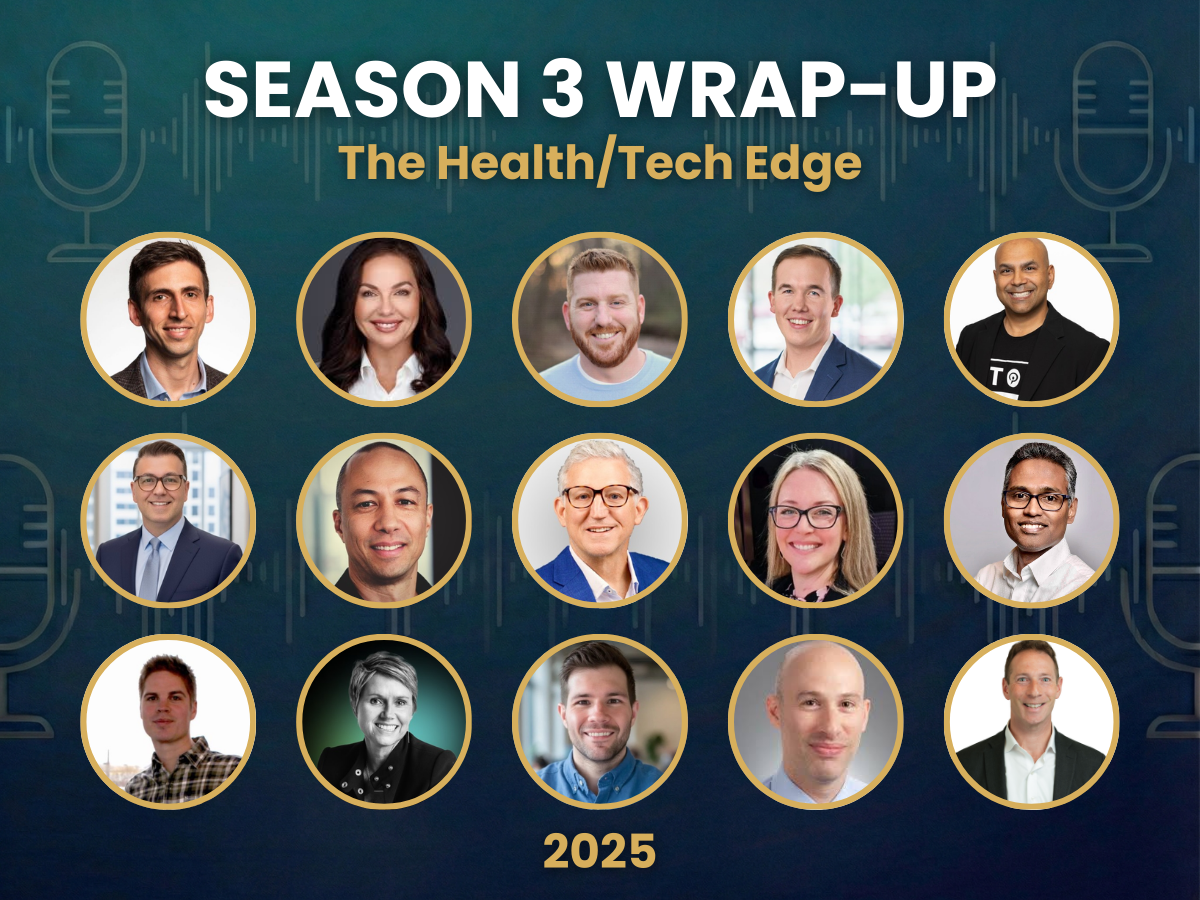Innovative enterprises understand the business and technical value of application modernization. Whether the organization is undergoing a digital transformation, developing an enterprise digital strategy, planning for a merger or acquisition, or finding itself held back by its outdated infrastructure, modernizing legacy applications is a crucial milestone in the growth journey of a business.
What is Legacy Application Modernization?
Legacy modernization occurs when a company's applications and infrastructure become outdated, hindering progress or lacking the capability to support new endeavors, and are subsequently upgraded to align with contemporary standards. This process involves adopting application modernization trends such as cloud migration, retiring outdated systems, replacing obsolete components, rehosting applications, refactoring code, and consolidating legacy applications and systems.
The Importance of Application Modernization
Cloud adoption is imperative for companies evolving to reinvent their industry or outpace their competition through technological innovation, but complicated legacy applications and technical debt can make this transformation feel like a mountain they’re not ready to climb. With a solid plan, initial investment, and the right partner, application modernization is attainable and opens the door to business innovation.
Though sometimes difficult to quantify, the ROI of migrating applications to the cloud outweighs the initial investment when done with attention to detail and the right strategy and procedure.
IT and business leaders must deliver a justifiable case for cloud migration, but may not know how to get started. It's important to think of application modernization as both an IT initiative and a strategic business initiative. Through application modernization, a business can deliver organizational cost savings, business agility, and speed in innovation. It begins with a stalwart legacy application modernization strategy.
Legacy Application Modernization Strategies
When clients come to us to help them modernize their legacy applications, our approach starts with a vital strategic plan. We engage through a cost-effective phased approach, beginning with three steps to form the application modernization strategy.
Step 1: Prioritization & Technical Analysis
Before investing in cloud migration, we must understand each application’s components, dependencies, and technical readiness for the cloud. Productive Edge evaluates each application and identifies which has the highest value to be gained from migrating to the cloud. We usually accomplish this via stakeholder interviews or a survey with IT and business owners to understand the technical and business impacts and gauge the potential business value of cloud migration for each application.
Step 2: Cost-Benefit Analysis
Cloud migration is an investment that must be carefully considered by evaluating technical, tangible, and intangible benefits. Considering the cost of not migrating is equally as important.
- What opportunities would be lost?
- How would not migrating the applications hinder or prevent business growth?
This analysis helps us determine the cost delta, which is defined as the ratio of the change in price of an option to the change in price of the underlying asset. Cloud mapping and cost estimation are part of this process and guide decision-making for each application.
Step 3: Roadmap
We can identify when to schedule migration once we know which apps to migrate based on determined business value. Each application has dependencies, thus, it is important to ensure the best timing for the investment based on the technical needs, interdependencies, potential downtime, and downstream impacts. The roadmap also demonstrates how migration will enable growth and drive innovation towards business goals.
Important questions to explore when creating a legacy application modernization strategy include:
- Which applications need to be migrated together due to interdependencies?
- What is the most logical order to follow when modernizing?
- What outliers and effects will modernization have on operations?
- When should downtime be considered?
- Which resources need to be involved, contacted, or made aware?
- How do these outcomes contribute to achieving our strategic objectives?
Application Modernization Approach
When we engage with clients for these types of projects, we always review the existing IT operating model and map it to a cloud-optimized model, allowing the organization to understand the full-scale impact of modernization. Enabling the organization to embrace rapid innovation practices and feel prepared are some of the key benefits of a strategic approach to application modernization.
Performing a business technology landscape review also ensures the migration strategy and technology map align. Through this process, along with the strategic plan, application modernization becomes manageable and achievable.
Examples of Application Modernization
Productive Edge has an impressive track record of delivering successful application modernization projects that have driven significant business outcomes. Here are some real-life applications of modernization highlighting the transformative power of our approach.
Case #1: Costly Maintenance
A client was facing the challenge of outdated legacy technology investments that were costly to maintain, hindering their ability to innovate. With overlapping feature sets and outdated infrastructure, the client needed guidance on the best path to modernize and converge their platforms. Productive Edge stepped in and conducted a thorough assessment of over a dozen applications, resulting in an actionable blueprint for their application modernization and cloud migration strategy. By prioritizing the modernization roadmap and evaluating costs, the client's business and IT leaders aligned their goals and successfully modernized their architecture, ultimately reducing maintenance costs, eliminating redundancies, and unlocking new opportunities for innovation.
Case #2: Need For A Centralized Platform
In another instance, Productive Edge worked with a retail client that required a centralized modern data and cloud platform to deliver new solutions to their stores. Recognizing the value of Azure Cloud and its ability to create modern business solutions, Productive Edge effectively communicated this to the client's business and IT leaders. With a shared understanding of their goals and expected outcomes, they conducted a comprehensive assessment of the client's systems and developed an actionable roadmap. Through this engagement, Productive Edge successfully centralized the client's data infrastructure, enabling impressive growth and innovation for a new phase of their business. With a modernized platform in place, the client could leverage data-driven insights to make informed business decisions and drive meaningful customer experiences.
Conclusion
Delivering application modernization projects that result in tangible business benefits is possible through expertise. By partnering with us, organizations can confidently embark on their legacy modernization journey, knowing they will receive tailored strategies and solutions that align with their unique business objectives and drive success.
Focusing on business outcomes reduces risk while enabling rapid innovation. Download our eBook, Accelerating App Modernization and Cloud Adoption Strategy, and contact our team of experts to get started on your legacy modernization journey today!


.png)

.png)